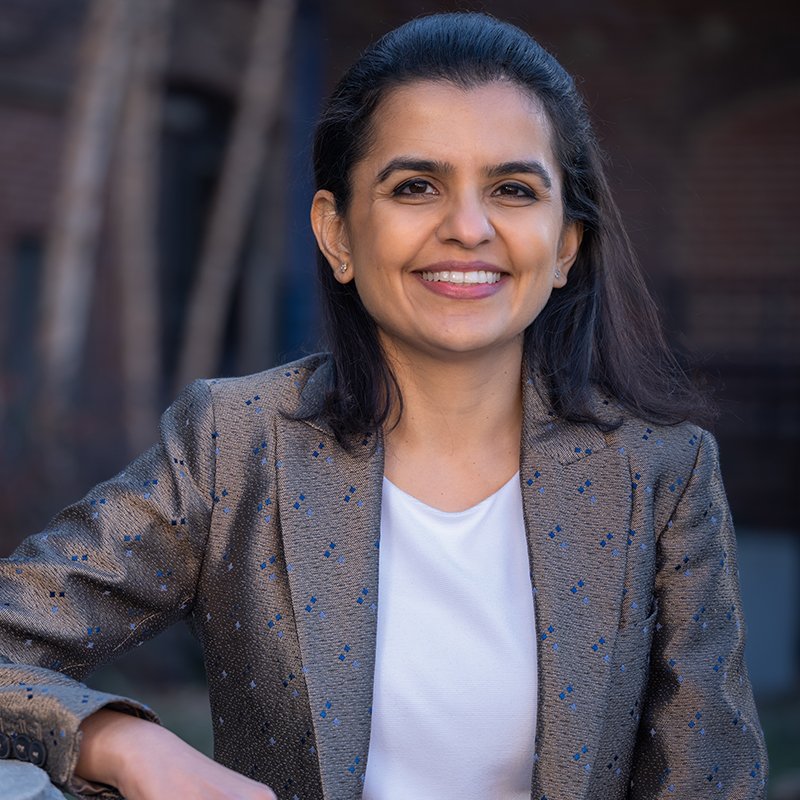SESSION B2-c - Why Should Trees Matter? Building a Case for Tree Preservation in Design and Construction
In 2018, BB&T (now Truist) launched an ambitious vision: to build a new leadership institute on a 20-acre forested site in Greensboro, NC. The existing mature tree canopy on the site presented a unique opportunity to create a destination that embraced nature, health, and wellness. Thus began the exploration of the site, its context, and existing conditions that would influence design. Through the design process, the project team identified construction techniques to reduce the impact on the ecology of the woods paired with design strategies to enhance the forest’s natural beauty. Ultimately, through analysis, design visioning, development of targeted methodologies, and strategic tree management, the project team was successful in ensuring a large piece of the forest was preserved or restored. Join us in this session where we will explore how to build large buildings in mature forests. Told through the eyes of the lead landscape architect and project arborist, we will review the design process, implementation methodologies, and lessons learned. From initial design through construction closeout, this project revealed where there were some easy wins for preservation, but also which long-term strategies really paid off. Five years later, the institute’s buildings are embraced within a lush canopy of green and a healthy forest ecosystem, a remarkable ode to the original vision that started this journey.
Learning Objective::
Acquire a basic understanding of the benefits of tree preservation and strategies to create a greener built environment.
Learn how to take a lead on design teams to implement and identify opportunities for tree preservation
Interact with the local government leads and implementation teams to explore barriers and solutions for tree preservation
Understand the resources and tools that are available to help implement successful tree preservation strategies
Lecture and presentation with slides including visuals to guide the audience through the main ideas/concepts being presented.
Swati Khimesra
Swati is President and Owner at Surface 678 and a practicing landscape architect with over 20 years of experience over diverse geographic locations. Central to her work is the crafting of user experiences that provide a deeper connection to nature through the medium of landscape architecture and the merging of design with art, culture, and sustainable infrastructure. Swati’s leadership experience and management of complex multi-disciplinary design teams in both the private and public development sectors highlights her firm understanding of the collaborative design process, from site inventory and analysis through design and construction.
Swati served as the principal landscape architect for the Truist Leadership Institute project and led the design visioning from concept through construction.
Katie Rose
Katie believes that we are right now building the world of the future, and every space has the opportunity to celebrate functional nature-based design. With over a decade of experience, she has consulted across industries to support designers and engineers in selecting, installing, and preserving trees and plants across landscapes and renovations. In this area, project highlights include Duke University’s Able Quad renovation and Sports Tower, Cary’s Downtown Park and Chatham St. renovation, and Durham’s Brightleaf Square update. A board-certified master arborist, Katie Rose also works with species selection, soil specifications, and subsurface design. She is currently teaching at Duke University’s Nicholas School for the Environment.


